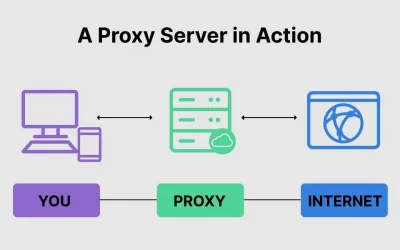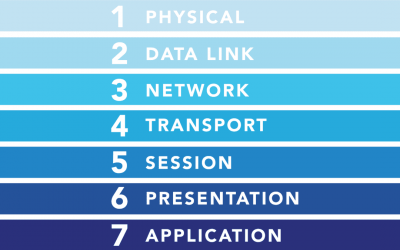Test your current internet speed
Before you get started, test your current internet speed. Use your speed test result as a baseline and compare the results as you go through your journey on reaching a faster internet connection.
SpeedtestWhen you buy something through one of the links on our site, we may earn an affiliate commission.
Ethernet cables are the most common type of cable used to connect devices to a network. They are relatively inexpensive and easy to install, and they can provide fast and reliable network speeds.
If you are looking for an Ethernet cable that can support up to 1000 Mbps, you will need to choose a cable that is rated for Category 5e (Cat 5e) or higher. Cat 5e is the most common type of Ethernet cable in use today, and it is capable of supporting speeds of up to 1 Gbps, or 1000 Mbps.
Cables that can support even faster speeds
If you are looking for a cable that can support even faster speeds, you may want to consider a Cat 6 or Cat 6a cable. Cat 6 cables are capable of supporting speeds of up to 10 Gbps, while Cat 6a cables are capable of supporting speeds of up to 10 Gbps for cables up to 100 meters long.
When choosing an Ethernet cable, it is important to consider the length of the cable that you need. Ethernet cables can be up to 100 meters long, but it is important to note that longer cables can be more susceptible to interference and signal loss.
It is also important to choose a cable that is rated for the environment in which it will be used. If you are going to be using the cable outdoors, you will need to choose a cable that is rated for outdoor use.
Here are some Ethernet cables that support up to 1000 Mbps
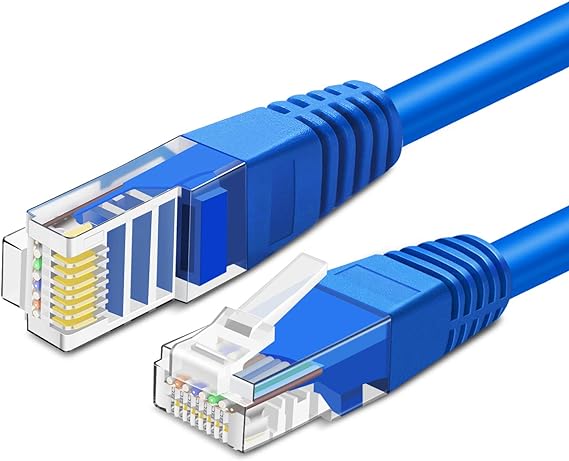
Cat5e: Cat5e (Category 5 enhanced) is a type of twisted pair cable that was designed to support speeds of up to 1000 Mbps (Gigabit Ethernet). It is the most common type of Ethernet cable used today.
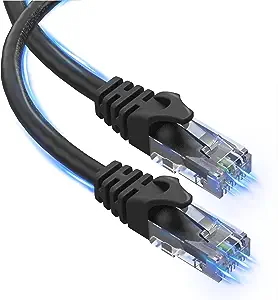
Cat6: Cat6 is a type of twisted pair cable that was designed to support speeds of up to 10,000 Mbps (10 Gigabit Ethernet). It is more expensive than Cat5e, but it is also more durable and can support longer cable runs.
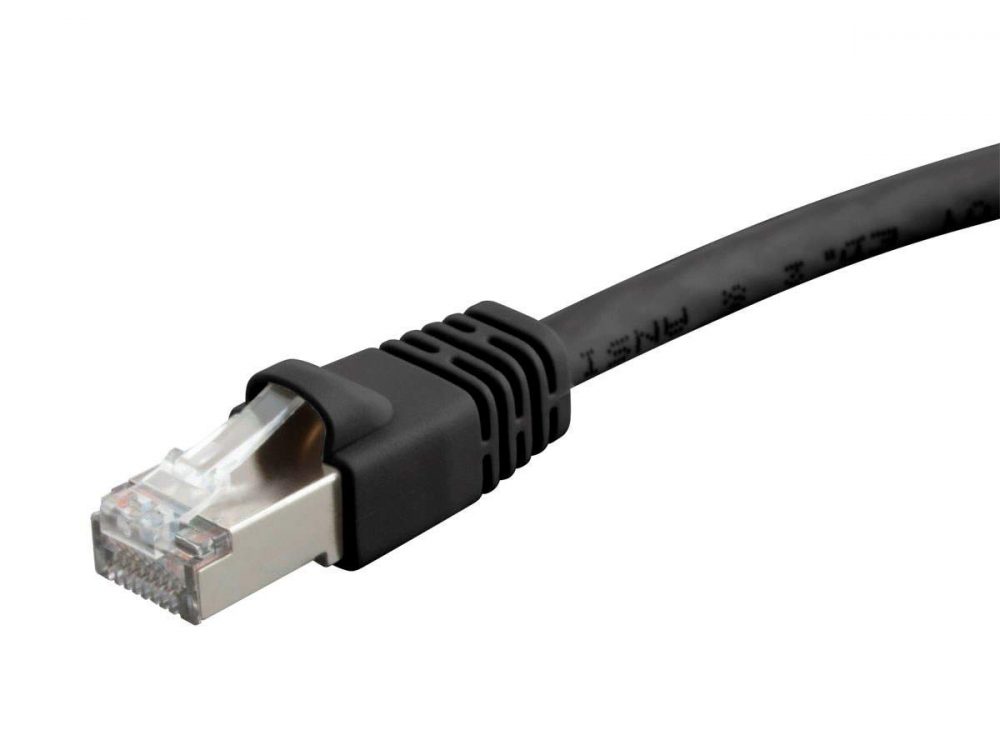
Cat6a: Cat6a is a type of twisted pair cable that was designed to support speeds of up to 10,000 Mbps (10 Gigabit Ethernet) over distances of up to 328 feet. It is even more expensive than Cat6, but it is also the most durable type of Ethernet cable and can support the highest speeds.
Consider the length of the cable
When choosing an Ethernet cable, it is important to consider the length of the cable that you need and the speed of your internet connection. If you have a Gigabit internet connection, you will need to use a Cat5e cable or higher. If you need to run a long cable run, you may want to consider using a Cat6 or Cat6a cable.
Here are some tips for choosing and using Ethernet cables:
- Choose a cable that is the appropriate length for your needs.
- Choose a cable that is rated for the speed of your internet connection.
- If you need to run a long cable run, consider using a Cat6 or Cat6a cable.
- Avoid running Ethernet cables near power cables or other sources of interference.
- Make sure that the Ethernet cables are properly plugged into the ports on your devices.
If you are having problems with your internet connection, try replacing your Ethernet cables with new ones. This can often solve problems caused by damaged or faulty cables.
Tips for choosing and using Ethernet cables
Here are a few tips for choosing and using Ethernet cables:
- Choose a cable that is rated for the speed you need. If you are unsure of what speed you need, it is always best to err on the side of caution and choose a cable that is rated for a higher speed.
- Choose a cable that is the appropriate length for your needs. Longer cables are more susceptible to interference and signal loss.
- Choose a cable that is rated for the environment in which it will be used. If you are going to be using the cable outdoors, you will need to choose a cable that is rated for outdoor use.
- Avoid running Ethernet cables parallel to power lines or other sources of interference.
- If you are running Ethernet cables through walls or ceilings, be sure to use conduits to protect the cables from damage.
FAQ
Are all Ethernet cables the same?
No, Ethernet cables vary in categories, and not all of them support speeds of up up to 1000 Mbps.
Can I use a Cat 5e cable for a 1 Gbps connection?
Yes, a Cat 5e cable is suitable for speeds of up to 1000 Mbps.
What’s the maximum length for a Cat 5e cable for a 1000 Mbps connection?
The recommended maximum length is 100 meters for Cat 5e cables.
Do high-speed Ethernet cables support online gaming?
Absolutely, high-speed Ethernet cables are ideal for online gaming, providing low latency and stable connections.
How do I know if my device supports 1000 Mbps speeds?
Check your device’s specifications or consult the manufacturer’s website to verify its compatibility with 1000 Mbps Ethernet connections.
Conclusion
In conclusion, Ethernet cables that support up to 1000 Mbps are the backbone of a fast and reliable internet connection. By choosing the right category and following installation best practices, you can ensure that your internet experience remains seamless and high-speed. If you have further questions or need assistance with Ethernet cables, don’t hesitate to reach out.

The visionary founder behind SpeedtestGo, an innovative platform dedicated to helping users measure and optimize their internet speed. With a deep-rooted love for technology and a mission to empower individuals with reliable internet connections, Shawn has created a remarkable space where users can test their internet speed and gain valuable insights and information through engaging blog content.



